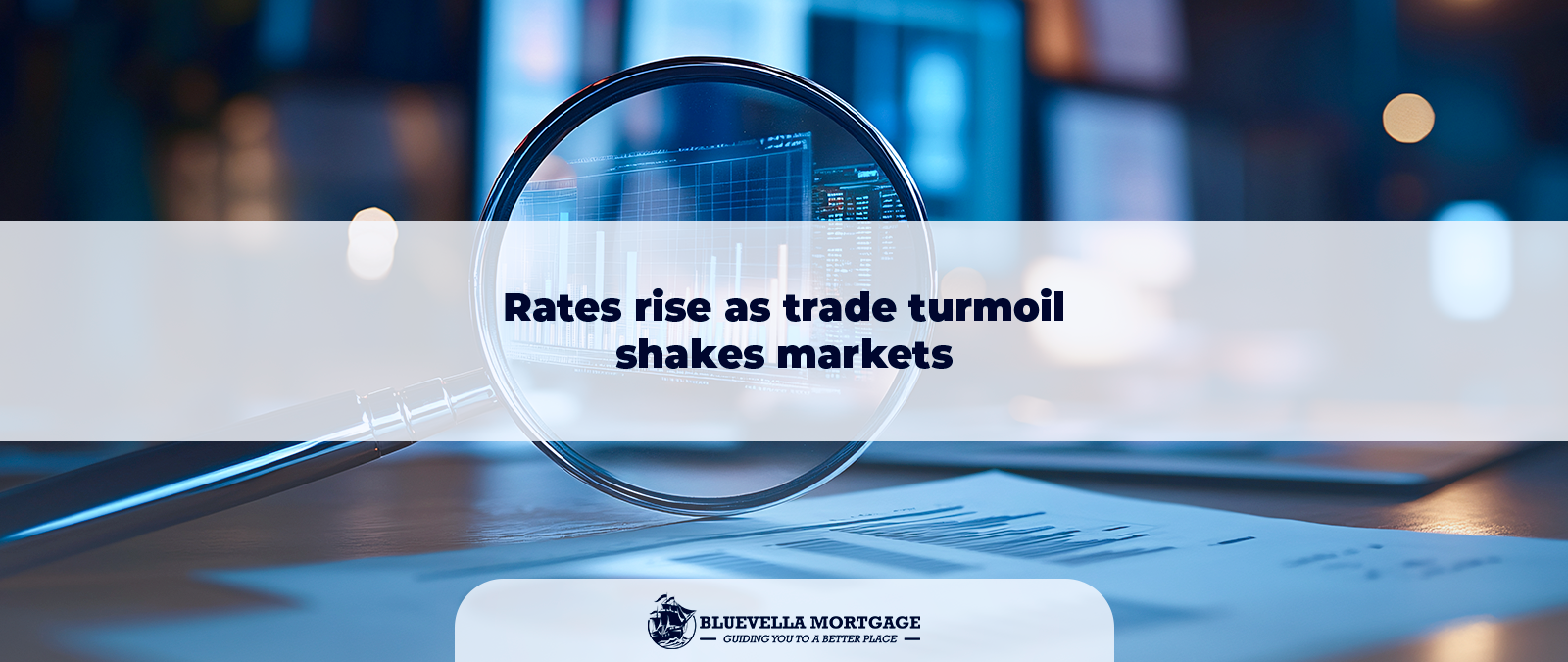Adjustable-rate mortgages (ARM) have become increasingly popular in recent years, offering borrowers flexibility and potential savings on their mortgage payments. However, the complexity of ARM mortgages can be overwhelming, especially when it comes to understanding the indexes that determine the interest rate. In this article, we will delve into the commonly used indexes for ARM mortgages, explaining how they work and their impact on your mortgage payments.
What are ARM Mortgages?
Adjustable-rate mortgages are loans with interest rates that adjust periodically based on a specific index. The interest rate is typically tied to a benchmark index, plus a margin set by the lender. The initial interest rate is usually lower than fixed-rate mortgages, making ARMs attractive to borrowers who want lower monthly payments.
Commonly Used Indexes for Adjustable-rate Mortgages
- London Interbank Offered Rate (LIBOR)
LIBOR is one of the most widely used indexes for Adjustable-rate mortgages. It’s the average interest rate at which major banks borrow funds from each other in the London interbank market. LIBOR is calculated daily and is considered a benchmark for short-term interest rates.
- Treasury Securities
Treasury securities, such as the 1-year or 5-year Treasury bill, are another popular index for Adjustable-rate mortgages . These securities represent the borrowing costs of the US government and are considered a low-risk investment.
- Federal Funds Rate
The federal funds rate is the interest rate at which banks and other depository institutions lend and borrow money from each other. This rate is set by the Federal Reserve and has a significant impact on the overall economy.
- 11th District Cost of Funds Index (COFI)
COFI is a weighted average of the cost of funds for savings institutions in the 11th Federal Home Loan Bank district, which includes Arizona, California, and Nevada. This index is commonly used for Adjustable-rate mortgages (ARMs) in Western states.
- Bank Prime Loan Rate
The bank prime loan rate is the interest rate at which banks lend to their most creditworthy customers. This rate is influenced by the federal funds rate and is often used as a benchmark for ARM mortgages.
How Indexes Affect ARM Mortgages
When an ARM mortgage is originated, the lender sets the initial interest rate based on the chosen index, plus a margin. The margin remains constant throughout the life of the loan, while the index can fluctuate. As the index changes, the interest rate on the ARM mortgage adjusts accordingly.
For example, let’s say you have an ARM mortgage with a 5-year Treasury bill index and a margin of 2%. If the 5-year Treasury bill rate is 2.5%, your initial interest rate would be 4.5% (2.5% + 2%). If the Treasury bill rate increases to 3%, your interest rate would adjust to 5% (3% + 2%).
Conclusion
ARM mortgages can offer flexibility and potential savings, but it’s essential to understand the indexes that determine the interest rate. By grasping how LIBOR, Treasury securities, the federal funds rate, COFI, and the bank prime loan rate work, you’ll be better equipped to navigate the complexities of ARM mortgages. Remember, the index you choose will impact your mortgage payments, so it’s crucial to select the one that aligns with your financial goals and risk tolerance. Always consult with a mortgage professional to determine the best ARM mortgage option for your situation.




